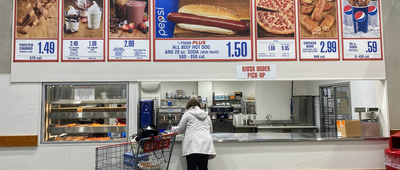Evolving for a New World
The national average mathematics scores of America's fourth- and eighth-grade students had the biggest decline ever recorded since 2019. Reading scores also fell in The Nation's Report Card, a U.S. Department of Education assessment of students in public schools, making clear the detrimental effect the pandemic has had on students. Remote learning can be difficult for both students and teachers, but it's only the latest change to classrooms. In just a few short decades, classroom staples like overhead projectors and chalkboards have disappeared, while tablets and laptops have become everyday essentials. Here's how the classroom you may remember from childhood has evolved for today's world.
























